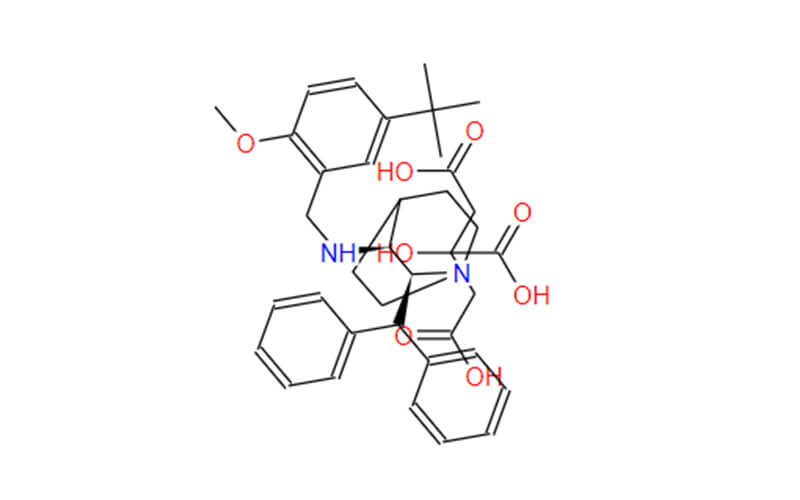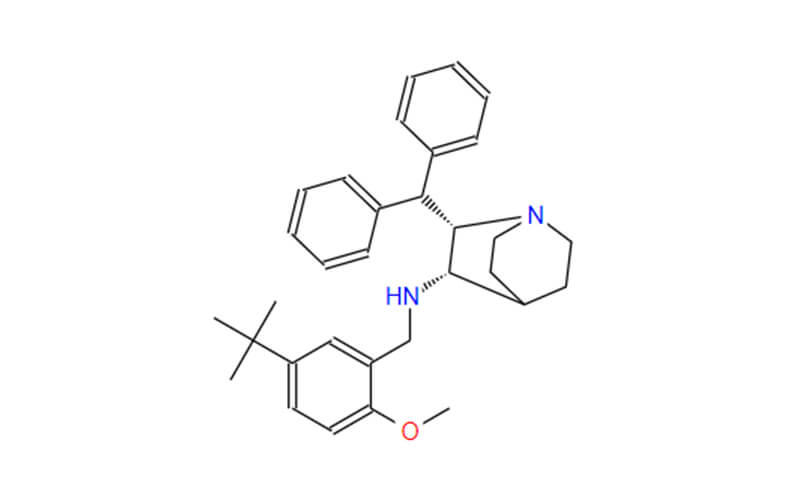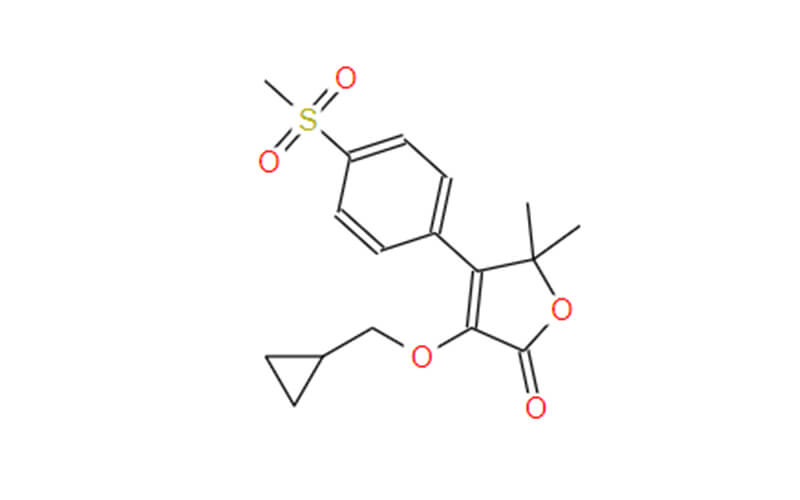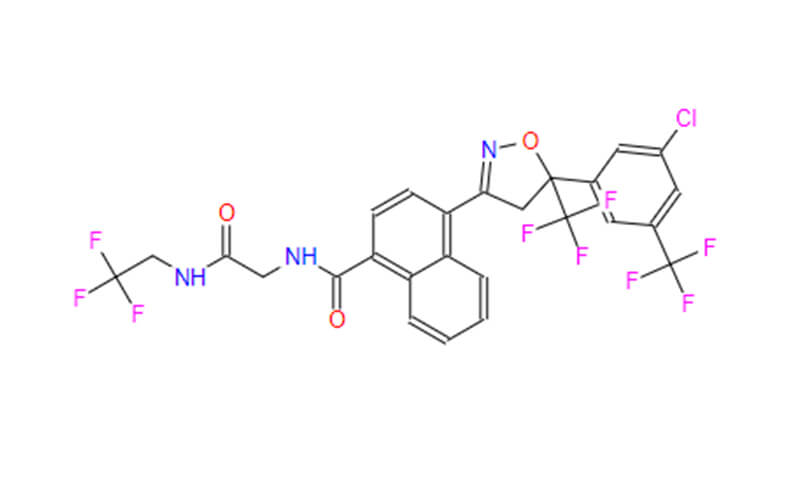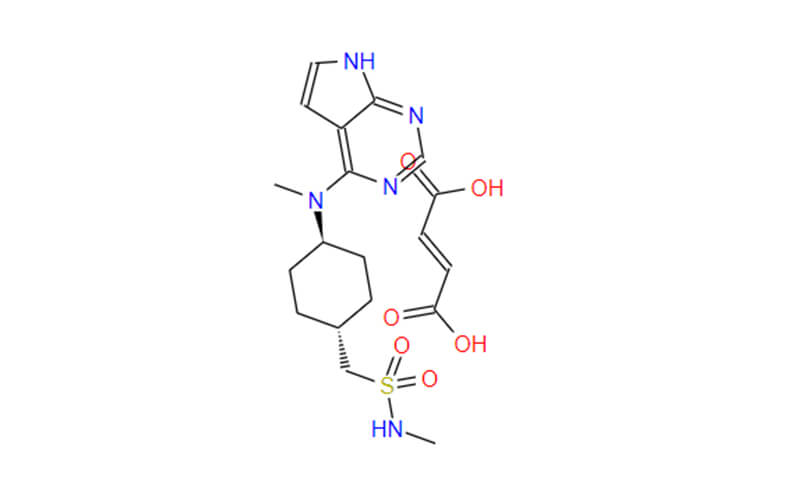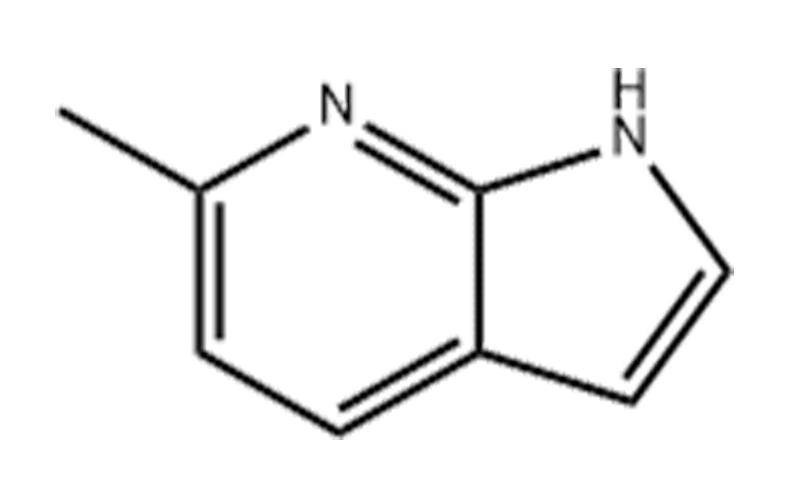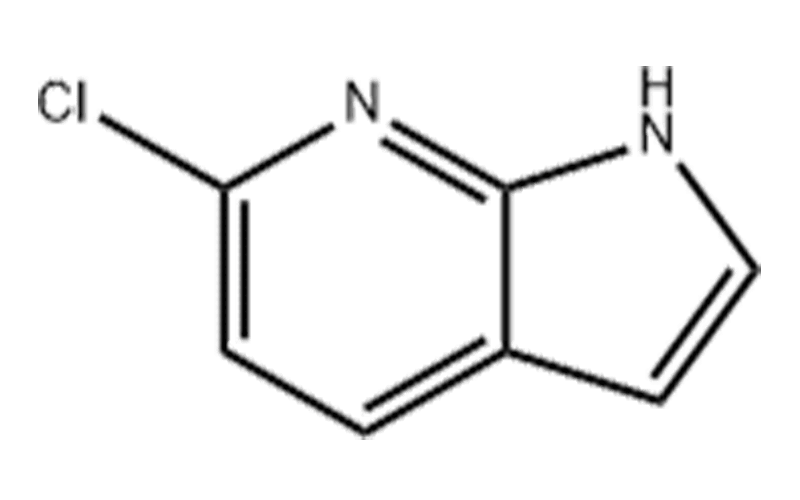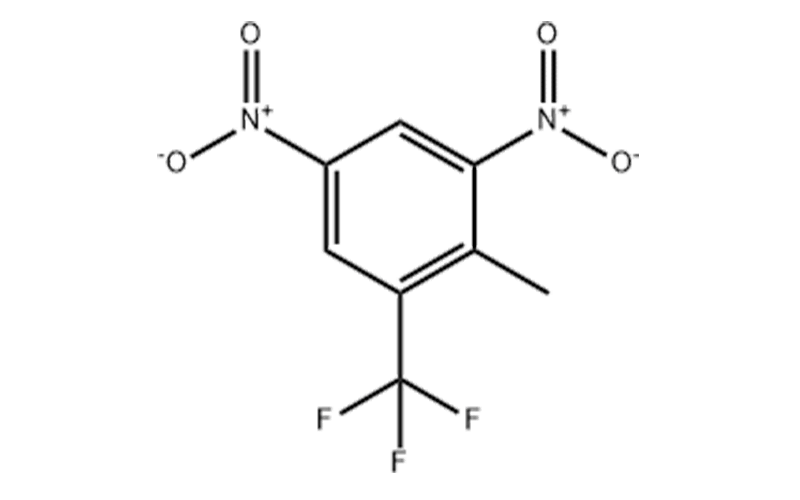3 Ways to Stimulate Appetite in Pets with Cancer
Many pets with cancer experience a decrease in appetite. This can be a worrying time for pet owners, but it’s important to remember that maintaining good nutrition is crucial for your pet’s health and well-being during treatment. Here are 3 ways to stimulate your pet’s appetite and keep them nourished.
Make Mealtime More Appealing
Cancer can dull a pet’s senses, making mealtime a chore. But fear not! Here are some creative ways to turn mealtime into a sensory feast and tempt your pet’s appetite.
1. Unleash the Aroma
- Warm it Up: Gently heat canned food or kibble in the microwave for a few seconds. This releases enticing aromas that can trigger a dormant appetite.
- Broth Boost: Instead of plain water, add a splash of low-sodium chicken, beef, or vegetable broth to kibble. The warm broth will soften the kibble and release additional enticing smells.
- Herbal Enhancement: A sprinkle of fresh or dried herbs like parsley, dill, or basil can add a subtle, intriguing scent to their food. Important Note: Always check with your veterinarian before introducing any herbs to your pet’s diet, as some can be toxic.
2. Flavor Fireworks
- Topper Magic: Drizzle a spoonful of low-sodium chicken or tuna juice on their food. You can even try unsalted, plain baby food (meat or vegetable varieties) for a tastebud adventure.
- Homemade Treasures: For a truly unique flavor experience, consider poaching small pieces of chicken breast or cooking a bit of white fish. Remember: Avoid cooked bones, which can splinter and cause serious injury. Scrambled eggs are another protein-rich option, but be sure to omit any salt, butter, or milk.

3. Texture Twists:
- Creamy Comfort: For pets who struggle with chewing, blending canned food with a bit of plain yogurt or cottage cheese can create a smoother, easier-to-eat consistency.
- Crunchy Companions: If your pet prefers some texture, sprinkle a small amount of crushed freeze-dried treats or cooked brown rice on their food for a satisfying crunch. Caution: Avoid using raw brown rice, as it can be difficult for pets to digest.
4. Temperature Tweak
- Warm and Fuzzy Feeling: Some pets prefer their food slightly warmed. As mentioned before, a quick zap in the microwave can do the trick. However, be sure to check the temperature before serving to avoid burning your pet’s mouth.
- Cool Down for Sensitive Tummies: If your pet is nauseous, a cooler temperature might be more appealing. You can refrigerate their canned food for a short period before serving.
By incorporating these strategies, you can make mealtime a more enticing and enjoyable experience for your pet, encouraging them to eat and maintain their strength during their fight against cancer. Remember, always discuss any changes to your pet’s diet with your veterinarian first.
Feeding Strategies
1. Smaller Portions, More Often
This approach is crucial for pets with cancer. Cancer patients often experience nausea and fatigue, making large meals overwhelming. Break down their daily food requirement into smaller portions offered 3-4 times a day, or even more frequently depending on their appetite. Keep a food diary to track how much your pet eats at each meal. This information will be valuable for your veterinarian when creating a personalized feeding plan.
2. Variety is Key
Pets with cancer can develop food fatigue, so offer a variety of textures and flavors to keep them interested. Rotate between dry kibble moistened with broth, canned food with different protein sources (chicken, fish, turkey), and even homemade cooked meals (consult your veterinarian for portion sizes and appropriate ingredients). You can also consider commercially available prescription diets formulated specifically for pets with cancer. These diets often have higher calorie content and are easier to digest.
3. Feeding Techniques
Try hand-feeding your pet to create a positive association with mealtime. For some pets, especially cats, elevated food bowls can make eating easier, reducing strain on their necks and allowing for better access to the food. You can find special elevated food bowls designed for senior pets or those with mobility issues.
Medication for Appetite Stimulation
While dietary adjustments and feeding strategies are crucial, medication can play a vital role in stimulating your pet’s appetite, especially if their inappetence is severe. Here’s a closer look at two commonly prescribed medications:
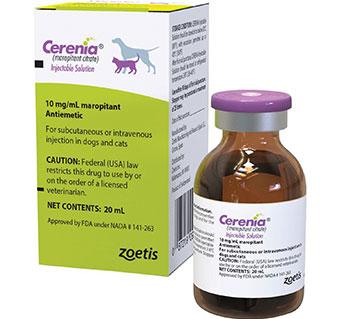
Maropitant citrate
Maropitant citrate primarily functions as an antiemetic, meaning it helps control nausea and vomiting. Nausea is a significant contributor to appetite loss, so by controlling nausea, maropitant citrate can indirectly stimulate your pet’s desire to eat. It’s typically administered orally and can be very effective in pets experiencing nausea due to various causes, including cancer and its treatments like chemotherapy.
- Function: Antiemetic – helps control nausea and vomiting
- Benefit: Stimulates appetite by controlling nausea
- Administration: Oral
- Uses: Treats nausea due to various causes, including cancer and chemotherapy
How maropitant citrate works:
Maropitant citrate is a neurokinin-1 (NK1) receptor antagonist. This means it blocks the action of substance P, a neurotransmitter that contributes to nausea and vomiting.
Cerenia is available as a brand-name medication, but there is also a generic version of maropitant citrate available.
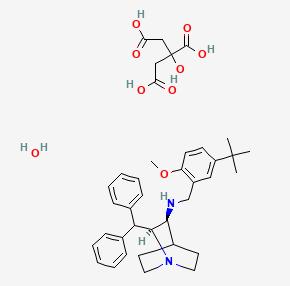
As a leading maropitant factory, Qinmu Pharmaceutical employs advanced manufacturing processes and adheres to stringent quality control standards to ensure the purity, potency, and safety of its products. The company’s state-of-the-art facilities are equipped with modern technology and staffed by a team of skilled professionals dedicated to producing pharmaceuticals that meet international regulatory requirements. Qingmu is committed to producing high-quality veterinary pharmaceutical API and has made outstanding contributions to pet medical health.
Mirtazapine
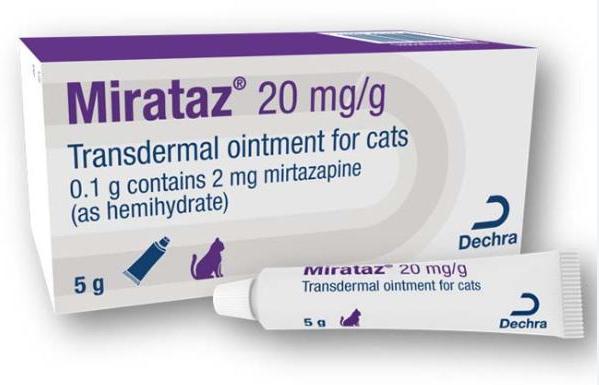
Mirtazapine originally developed as an antidepressant in humans, mirtazapine has shown promise in stimulating appetite in pets with cancer and other chronic illnesses. Its exact mechanism of action in appetite stimulation is not fully understood, but it’s believed to work through multiple pathways in the brain. Mirtazapine can also have some anti-nausea effects, further contributing to its appetite-stimulating properties. It’s typically available in tablet form and may be administered orally or transdermally (through a topical ointment).
While the exact mechanism isn’t fully understood, Mirtazapine is believed to influence multiple pathways in the brain that regulate appetite. It also has anti-emetic effects (reduces nausea), which can further improve a pet’s willingness to eat.
Mirtazapine typically comes in tablet form for oral administration.However, for cats, a transdermal ointment is also available, which allows for topical application.
Conclusion
Loss of appetite in pets with cancer can be a challenge, but there are steps you can take to help. By making mealtime more appealing, exploring medication options with your veterinarian, and offering smaller, more frequent meals, you can keep your pet nourished and support their overall well-being during treatment. Remember, consult your veterinarian for a diagnosis, personalized plan, and medication recommendations to ensure your petsgets the best possible care.

